
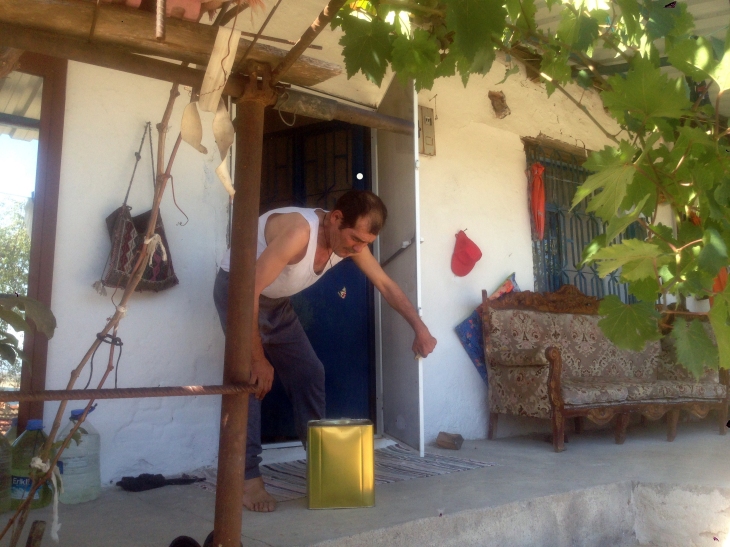


Bergama yada İzmir tulum peyniri olarak bildiğimiz lezzetli peynir, Oğuzların, Kayı Boyuna ait Karakeçili Aşireti tarafından bölgeye getirilmiştir. Hala da Bergama’nın birkaç köyünde özgün şekliyle üretilmektedir. En lezzetlisinin ise Çaltıkoru Köyünde yapıldığı söylenegelir. Kanımca Çaltıkoru Peyniri, bölgenin değil Türkiye’nin en lezzetli peynirlerinden biridir. Akrabası olan Erzincan tulum peynirinin de Karakeçili Yörükleri tarafından Doğu Anadolu’ya tanıtıldığı ileri sürülmektedir.[1] Çoban peyniri olarak da isimlendirilen peynirin üretiminde yalnızca koyun sütü kullanılır ve kurutulmuş kuzu şirdeni ile mayalanır. Günümüzde, mandıra yapımı olanlarında -ne yazık ki- koyun sütüne inek sütü karıştırmaktadır. Ancak, Çaltıkoru peynirinin eşsiz lezzetini koyunların cinsi yanında, yaşadıkları coğrafya ve beslendikleri floraya bağlamak gerekir. Bergama halıları arasında özgün desenleriyle Karakeçili halılarının özel bir yeri olduğunu belirtmeliyim.

Hafta sonu evimize Çaltıkoru peyniri satın almak üzere eşimle yollara düştük. Çaltıkoru Köyü, Bergama’nın kuzey doğusunda ve merkezine yaklaşık 30 km mesafede bulunmaktadır. Köye girişte bizi şaşkınlığa uğratan 1996 yılında projelendirilen ve 2012 yılında su tutmaya başlayan Çaltıkoru Sulama Barajı’nın köyün önemli bir bölümünü yutmuş olmasıydı. DSI, sular altında kalacak evleri kamulaştırmış, daha yüksekte bulunan 20 kadar eve ise dokunmamıştı. Köyde sosyal hayat ve üretim tümüyle sona ermiş, evleri kamulaştırılanlar göçmüş, geri kalanlar ise kendi evlerinin de kamulaştırılması için çaba göstermekteydi. Onlar da gidiciydi. Sonuçta “Çaltıkoru” artık yalnızca barajın adında yaşayabilecekti.
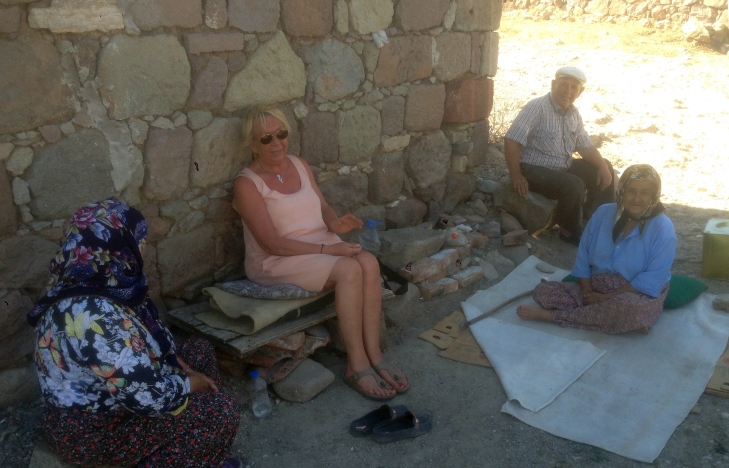
Yollarında artık kimselerin görünmediği köyde rastladığımız bir kişiye, ellerinde Çaltıkoru peyniri bulunup bulunmadığını sorduk. Olumsuz yanıt aldık. Yalnızca dün komşuları Ramazan Kara’nın çarşıya satmak üzere bir teneke peynir götürdüğünü, satamadığını ve söylene söylene geri getirdiğine şahit olduğunu söyledi. Önüme takıldı ve beni Ramazan Kara’nın köyün yükseklerinde bulunan evine götürdü. Ramazan Kara, peyniri –yine- söylene söylene getirdi, ancak satın alırsam tadına bakabileceğimi belirtti. İnek sütü kullanıp kullanmadıklarını sordum; “Bu köye ineğin boku bile giremez” diye yanıt verdi. Teneke 10 kg’lıktı. Bizim için çok fazla olmasına karşın, eşe dosta dağıtabileceğimizi düşünerek son Çaltıkoru peynirinden satın aldık. Büyük bir törenle (!) tenekenin kapağı açıldı ve eşsiz tadı paylaşıldı. Ramazan Kara’nın kilerinde “Son Çaltıkoru Peyniri”nden birkaç teneke daha varmış.
Anadolu’nun kaybolan lezzetlerinden birini anılarınızda yaşatmak için çok geç kalmayın. Ramazan Kara’ya bu arada selamımı söylemeyi de unutmayın: 0537 6361649.
[1] http://atillanirvana.blogspot.com/2013/02/bergama-tulum-peyniri-bergama-tulum_12.html
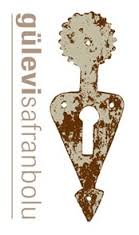
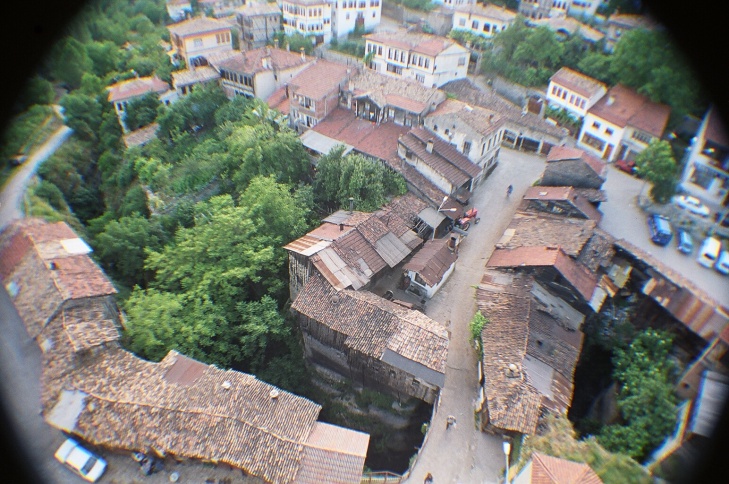
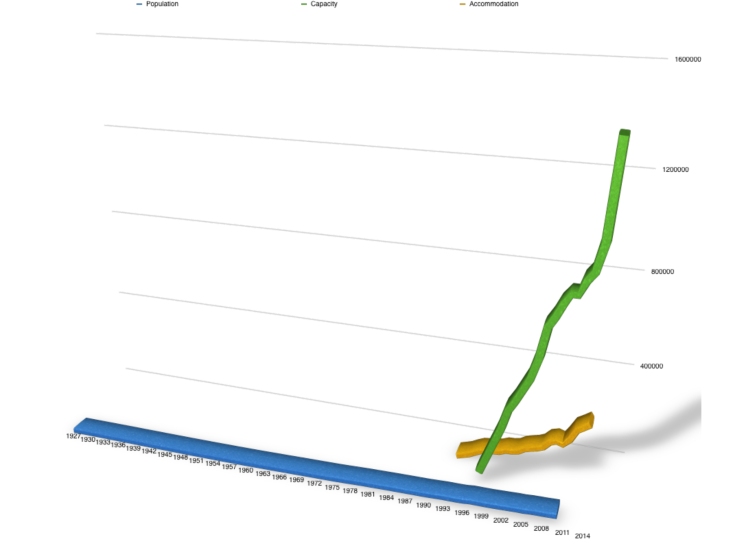 Chart: Population, Hotel Bed Capacity and Hotel Accommodation in Time
Chart: Population, Hotel Bed Capacity and Hotel Accommodation in Time